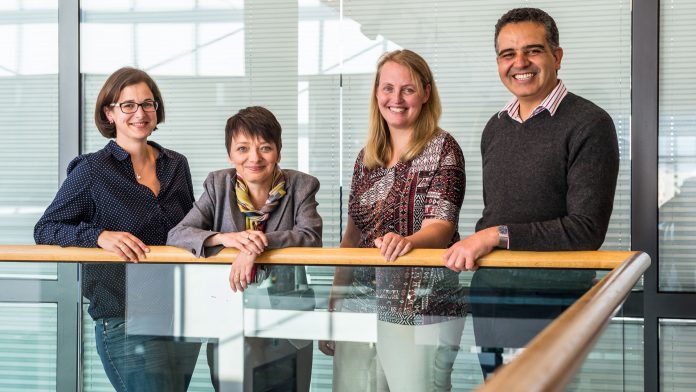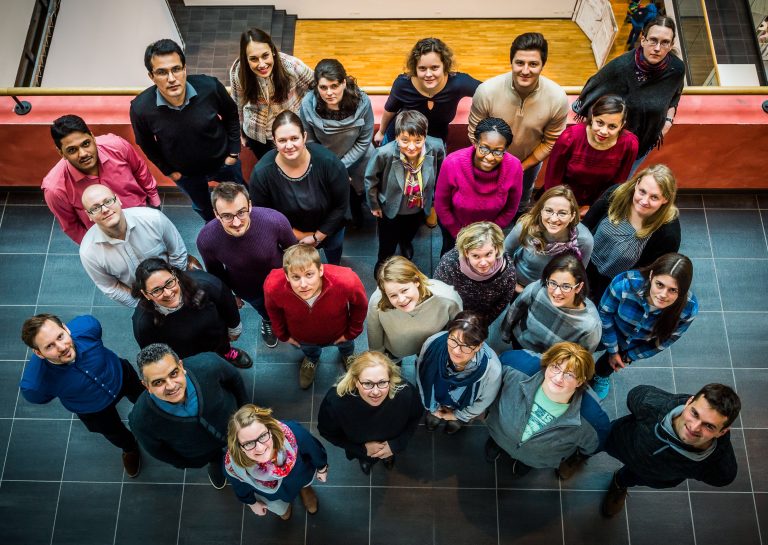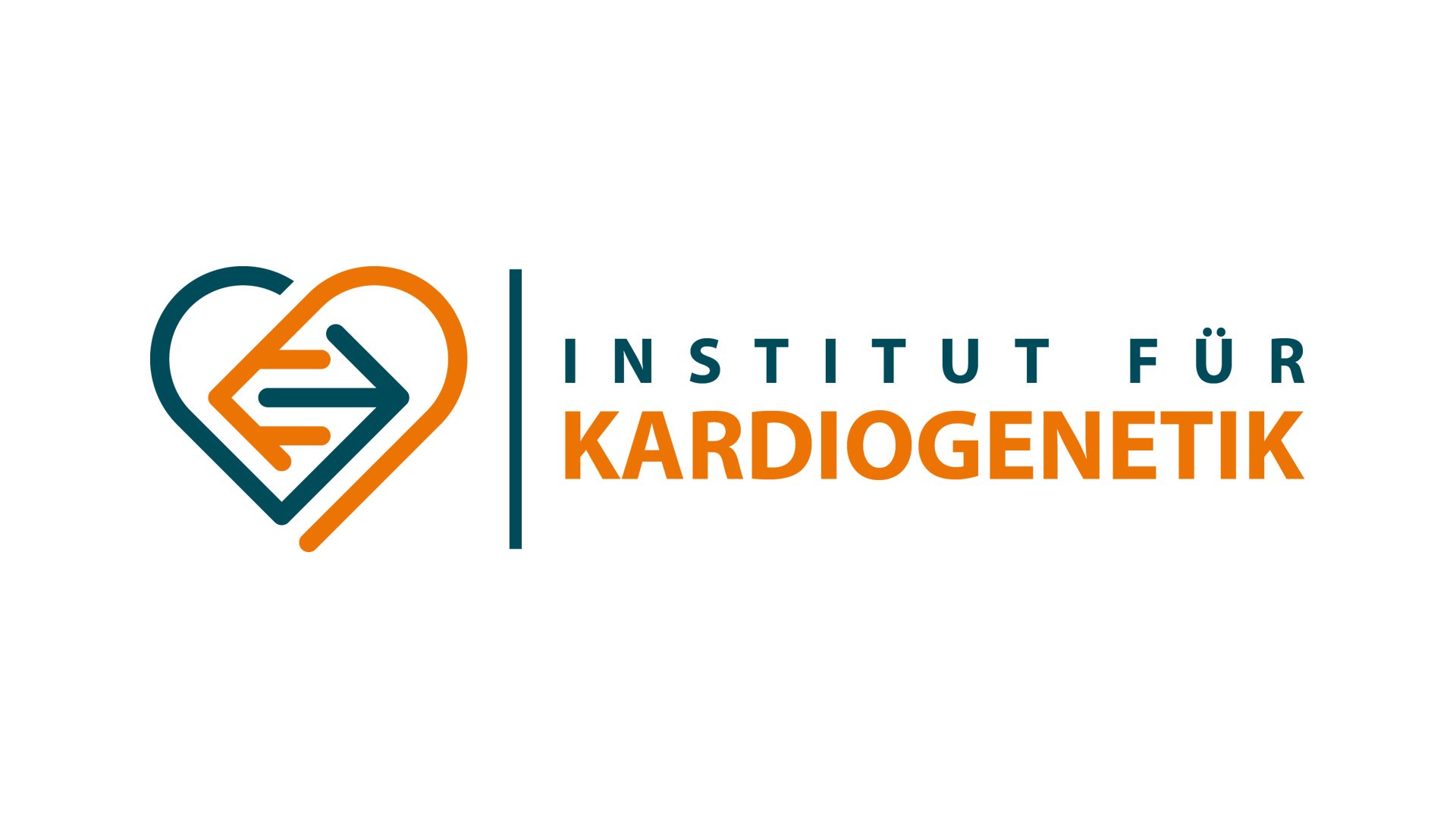
Cardiovascular diseases are the world’s biggest killers today, claiming the lives of almost 18 million people every year. Understanding what causes them and how they can be prevented or, earlier detected is crucial.
The issue lies at the heart of the Institute for Cardiogenetics at the University of Lübeck, which has a special focus on revealing the genetic factors that lead to coronary artery disease (CAD) and myocardial infarction, more commonly known as a heart attack.
Led by Professor Dr Jeanette Erdmann, the institute combines integrative and experimental genomics to not only identify long sought-after genetic risk loci, but also determine their functional role in the development of cardiovascular diseases.
Here, Erdmann tells Health Europa about the institute’s contribution to our understanding of genetic risk and its implications for patients.
Very little is understood about the genetic basis of the heritability of cardiovascular disease, why is this?
The Institute for Cardiogenetics at the University of Lübeck, Germany, is breaking new ground in our understanding of the genetic factors that lead to cardiovascular diseases. It has been well known for decades that a positive family history for CAD or myocardial infarction is a risk factor for other family members. But it’s only in the past ten or 15 years that we have developed a broader understanding of what that means.
This is largely thanks to the advent of single nucleotide polymorphism (SNP) arrays, which made it possible to genotype thousands of people with millions of genetic variants and genome-wide association studies (GWASs), which made it possible to identify significant associated genetic variants and risk factors. This technique has only been available since 2005, and in cardiovascular disease the very first GWAS results were only published in 2007. Before then it was almost impossible to define the genetic basis of CAD or myocardial infarction.

What key results has your research yielded so far?
In 2006, together with Professor Dr Heribert Schunkert – now the medical director of the German Heart Centre – and Professor Sir Nilesh Samani – now the medical director of the British Heart Foundation – we undertook the very first genome-wide association study for CAD and myocardial infarction, as part of an EU-funded consortium called Cardiogenics.
In August 2007, we published our results in the New England Journal of Medicine. Three other papers were also published at that time – two in Science and one in Nature. They identified the very first genetic risk factor for CAD, a region on Chromosome 9 called 9p21, which remains the most common and strongest known CAD risk factor to date.
We have performed additional GWASs over the last ten years, as well as co-ordinating large meta-analyses by merging consortia to form CARDIoGRAM and CARDIoGRAMplusC4D. These studies have all been published and in total we have now identified more than 150 risk factors for CAD using GWASs.
GWASs are performed on unrelated patients, but in parallel, we have established a collection of nearly 25 extended families, each with at least five affected family members, on whom we can perform next-generation sequencing and subsequent analysis. We began with whole-exome sequencing, by which I mean that we sequenced the coding region of the genome in these families.
In 2013, we published a study in Nature which showed that dysfunctional nitric oxide signalling increases risk of myocardial infarction. After we identified this in one extended family, we were very luckily able to find more mutations in others.
Once we have identified a mutation in a family, or found new risk loci for CAD by GWAS, our next step is to carry out a functional study using an animal model, such as mice or zebrafish, to understand more about why these variants lead to disease.
In the end, we very much hope that better knowledge about these genetic variants will lead to improved risk prediction and, ultimately, the identification of targets for therapies. That is the overall goal of our work – to improve the lives of our patients.
What is the importance of integrating -omics data into your cardiogenetics studies beyond genomics?
Over the last five years we have realised that it makes no sense to just focus on the genomic layer of information, we must integrate other omics data, for instance transcriptomics, proteomics and metabolomics data, as well. It isn’t only changes at the genomic level that lead to disease. We have therefore adopted a more systems medicine approach.
This is very much in line with the nationwide research programme e:Med, the goal of which is to encourage system-oriented research into diseases so as to improve prevention and diagnostics, and facilitate the transition to precision medicine.
In this vein, together with the University of Kiel, Germany, we are part of an excellence cluster that we hope will lead to the establishment of a precision medicine-based approach to inflammatory diseases such as atherosclerosis.

How important is interdisciplinary and international collaboration to the work of the Institute for Cardiogenetics?
Over the last ten years we have learned that international and interdisciplinary collaboration and data sharing are the key to successful study and to fulfilling the promises we make to patients. Sitting on your own data instead of sharing it is not good for patients, nor is it good for cardiogenetics research.
Over the last few years, researchers have developed a more open attitude towards making data publicly available – to the point that we are now far more successful at identifying risk factors. This is true not only for cardiovascular diseases but all other disease entities, as well.
Another important development has been the launch of services like bioRxiv, a preprint server for biology, run by the Cold Spring Harbor Laboratory, where researchers can upload their paper prior to submitting it to a journal. This allows the data to be released into the public domain and available to other researchers before it has been published. As little as five years ago it was common practice to be quite secretive about the paper you were working on, because the journals were unwilling to openly share data that had been accepted for print, but had not yet been published, but today this has totally changed. In fact, it has completely altered the way we communicate about papers – now we are able to share information at a very early stage of the normal publication process.
It’s also very important to collaborate because to identify genetic risk factors – particularly in cardiogenetics – you need very, very large datasets. It would be almost impossible to study tens of thousands of patients at one institute, hence why we take part in consortia.
Where do your research priorities lie looking to the future?
Together with Samani, I am the co-chair of CARDIoGRAMplusC4D, within which we are performing one of the largest genome-wide association studies for CAD and really the next major study on the genetics of CAD and myocardial infarction. This encompasses more than one million samples. The analysis is currently running and we hope to see some results over summer this year.
We will also be performing some functional studies at the Institute for Cardiogenetics. Now that we have identified these hundreds of genetic risk factors, we want to understand the pathomechanism of the disease.
Further to that, we will be doing some work on risk prediction. Together with colleagues who are interested in the prevention of CAD, we are investigating whether it is of benefit for a patient to receive information about their genetic risk. If we tell a patient after their first myocardial infarction that they have a higher genetic risk of CAD than average, will that improve their compliance with preventive measures and lifestyle changes? Or will it inspire a more fatalistic attitude towards their own health? I expect that how you counsel the patient before delivering their results will be an important factor here.









